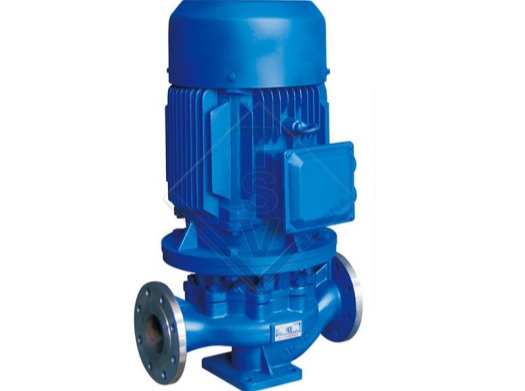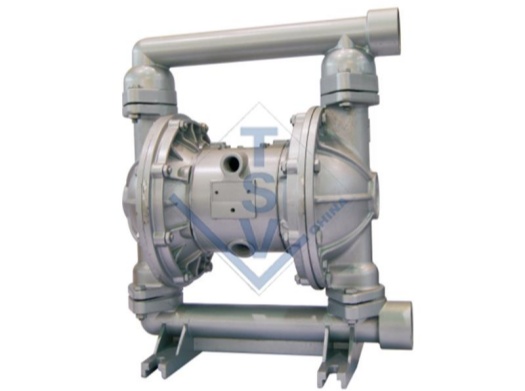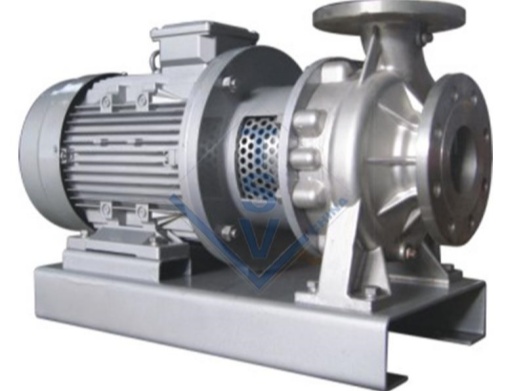Key Features:
1. Full Bore Design:
- The valve's internal diameter matches the pipeline, allowing for unrestricted flow and minimizing pressure drop. This design is ideal for applications requiring pigging or cleaning.
2. Fixed Ball Construction:
- The ball is fixed in place by upper and lower bearings, reducing wear on the seats and ensuring consistent performance over time. This design also prevents the ball from shifting under pressure.
3. Robust Sealing:
- The valve utilizes advanced sealing materials, such as PTFE or metal seats, to provide tight shut-off and resistance to corrosion, abrasion, and high temperatures.
4. Bi-Directional Sealing:
- The Full Bore Fixed Ball Valve offers bi-directional sealing, ensuring reliable performance regardless of flow direction.
5. Fire-Safe Design:
- Many models are designed to meet fire-safe standards (API 607/API 6FA), providing an additional layer of safety in case of fire.
6. Versatile Applications:
- Suitable for a wide range of industries, including oil and gas, petrochemical, water treatment, and power generation.
Operational Options:
- Available in manual, pneumatic, electric, and hydraulic actuation options to suit various operational requirements.
Advantages:
- Low Maintenance: The fixed ball design reduces wear and tear, extending the valve's lifespan.
- High Flow Capacity: The full bore design ensures minimal flow resistance, making it ideal for high-capacity applications.
- Reliable Performance: The robust construction and advanced sealing materials ensure consistent performance in demanding conditions.
Applications:
- Oil and gas pipelines
- Petrochemical processing
- Water and wastewater treatment
- Power generation
- Chemical processing
Full bore ball valve is the outside diameter and pipe diameter consistent, in the full open state, the fluid through the valve almost without any obstruction, which can achieve full flow through to minimize the fluid pressure loss.
The seat of the full bore ball valve is usually of elastic or metal seal construction, which closely fits the ball to ensure good sealing in the closed state. At the same time, in order to meet the requirements of the full bore, the inlet and outlet channels of the valve are also consistent with the ball through the hole and the inner diameter of the pipeline to ensure the smooth flow of the fluid.






 Request a Quote
Request a Quote